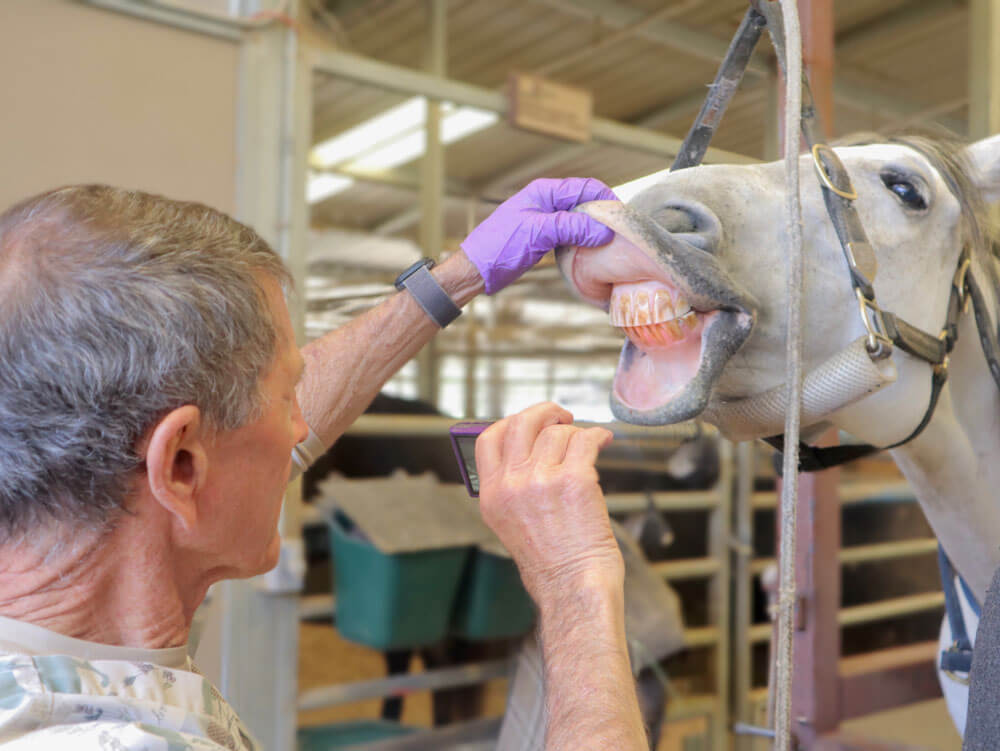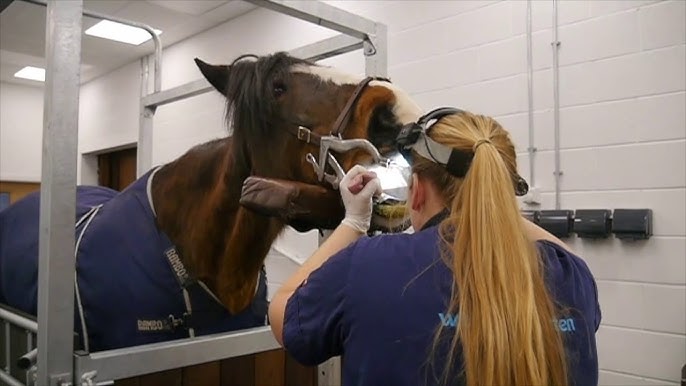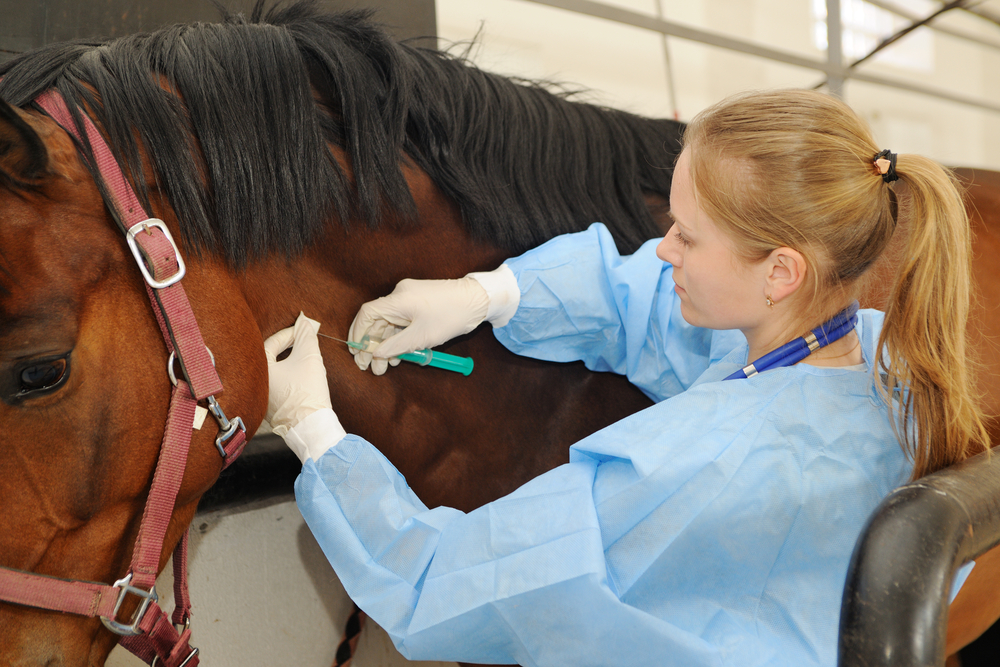The health of a horse’s mouth is crucial for its overall well-being. Understanding an equine dental chart is vital for every horse owner, as it reveals important information about a horse’s age, health, and dental condition. In this article, we will delve into the significance of the equine dental chart, how to interpret it, and why it matters in maintaining your horse’s health.

What is an Equine Dental Chart?
An equine dental chart is a detailed diagram that provides a visual representation of a horse’s teeth. This chart helps veterinarians and horse owners record and monitor any dental issues, changes, or procedures over time. By understanding this chart, you can gain insights into your horse’s age and health status.
Why is the Equine Dental Chart Important?
The equine dental chart is important for several reasons. It helps in:
- Identifying dental issues early
- Tracking dental procedures and treatments
- Determining a horse’s age
- Ensuring proper nutrition and digestion
Neglecting dental health can lead to severe health problems, including weight loss and behavioral changes. Therefore, regular dental check-ups and understanding the equine dental chart are crucial.
Understanding the Anatomy of a Horse’s Mouth
To effectively use an equine dental chart, you must first understand the anatomy of a horse’s mouth. Horses have two sets of teeth: deciduous (baby teeth) and permanent teeth. A typical adult horse has between 36 and 44 teeth, including incisors, canines, premolars, and molars.
The Incisors
The incisors are the front teeth, used for cutting grass and hay. They are crucial for grasping and tearing food.
The Canines
Not all horses have canines. They are more common in male horses and are located just behind the incisors.
The Premolars and Molars
The premolars and molars, known as cheek teeth, are responsible for grinding food. Proper alignment is crucial for effective chewing and digestion.
How to Read an Equine Dental Chart
Reading an equine dental chart can seem daunting at first, but with practice, it becomes easier. The chart is divided into quadrants, each representing a section of the horse’s mouth. The teeth are numbered, and any abnormalities or treatments are noted.
Common Dental Issues in Horses
Horses can suffer from various dental problems, including:
- Malocclusion (misaligned teeth)
- Tooth decay
- Periodontal disease
- Sharp enamel points
- Wolf teeth
Regular dental exams and understanding the equine dental chart can help identify these issues early, ensuring timely treatment.
The Role of a Veterinarian
A qualified veterinarian is essential for maintaining your horse’s dental health. They have the expertise to interpret the equine dental chart accurately and perform necessary procedures such as floating (filing) the teeth.
When to Schedule a Dental Exam
It’s recommended to schedule a dental exam at least once a year. However, younger and older horses may require more frequent check-ups.
Preventive Dental Care
Preventive care is key to avoiding dental problems. This includes regular check-ups, proper diet, and monitoring for any changes in eating habits or behavior.
The Impact of Dental Health on Overall Well-being
A horse with healthy teeth is more likely to be happy and perform well. Dental issues can lead to pain, weight loss, and poor performance. Thus, keeping an up-to-date equine dental chart is essential.
Resources for Horse Owners
For more information on horse care, you can visit UConn Extension, a valuable resource for equestrian enthusiasts.
Additionally, for horse grooming tips, check out our articles on horse shampoos and shampoos for dry skin.

Frequently Asked Questions
What age should a horse have its first dental exam?
Foals should have their first dental exam by the age of one to ensure proper dental development.
How often should a horse’s teeth be floated?
Most horses need their teeth floated once a year, but some may require more frequent attention depending on their needs.
Can poor dental health affect a horse’s behavior?
Yes, dental pain can lead to behavioral changes such as resistance to the bit, head tossing, and refusal to eat.
In conclusion, understanding and maintaining your horse’s dental health is crucial for its overall well-being. Regular check-ups, a proper diet, and a thorough understanding of the equine dental chart can help ensure your horse remains healthy and happy.
This article contains affiliate links. We may earn a commission at no extra cost to you.
